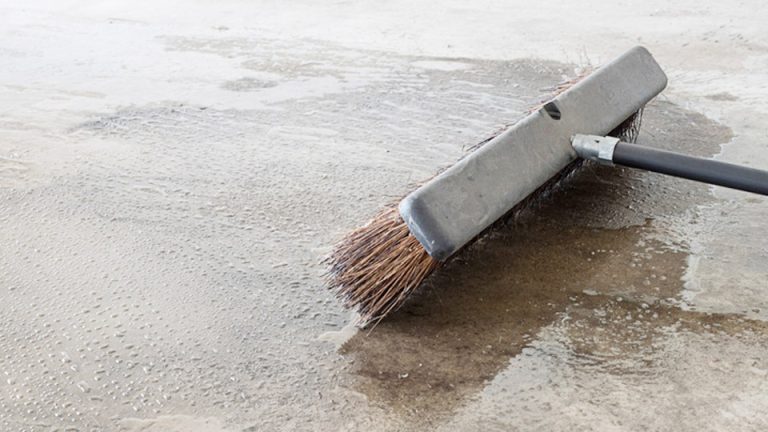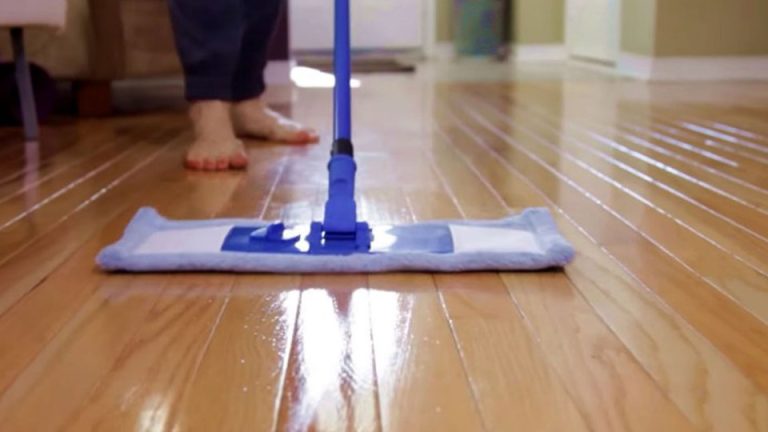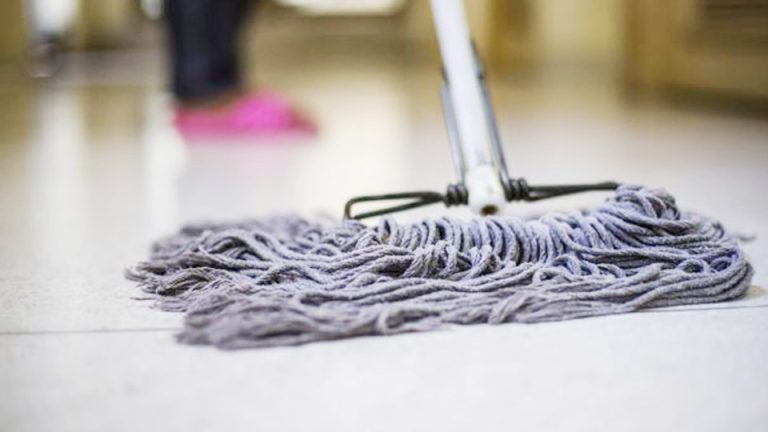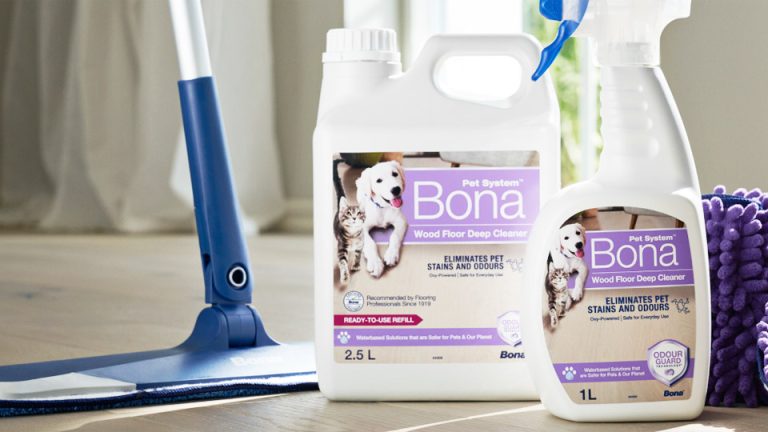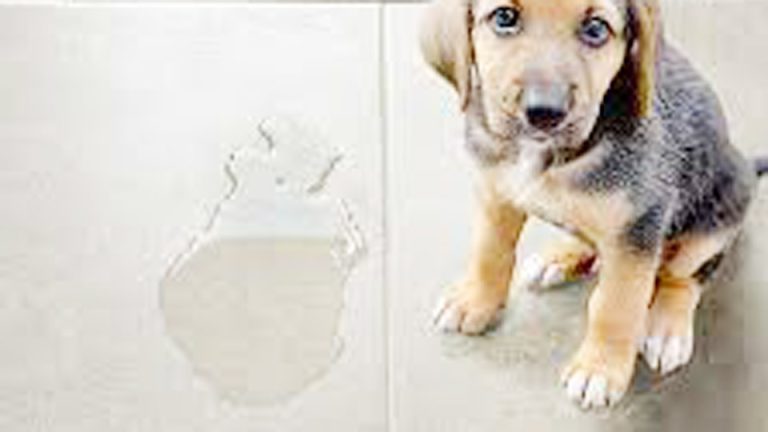I’ve faced countless messes from my golden retriever, Max, especially during his puppy days when accidents were a regular occurrence. One of the toughest challenges was figuring out how to remove dog urine from marble floor without damaging the delicate surface. My kitchen’s marble tiles are beautiful but prone to etching from acidic cleaners, and Max’s surprise puddles left me scrambling for safe, effective solutions.
After years of trial and error, I’ve perfected a gentle, natural cleaning routine that removes urine stains and odors while keeping my marble floors gleaming. In this guide, I’ll share my step-by-step methods, personal tips, and real-life stories to help you tackle dog urine on marble floors, whether you’re a busy mom or a professional keeping your home pristine.
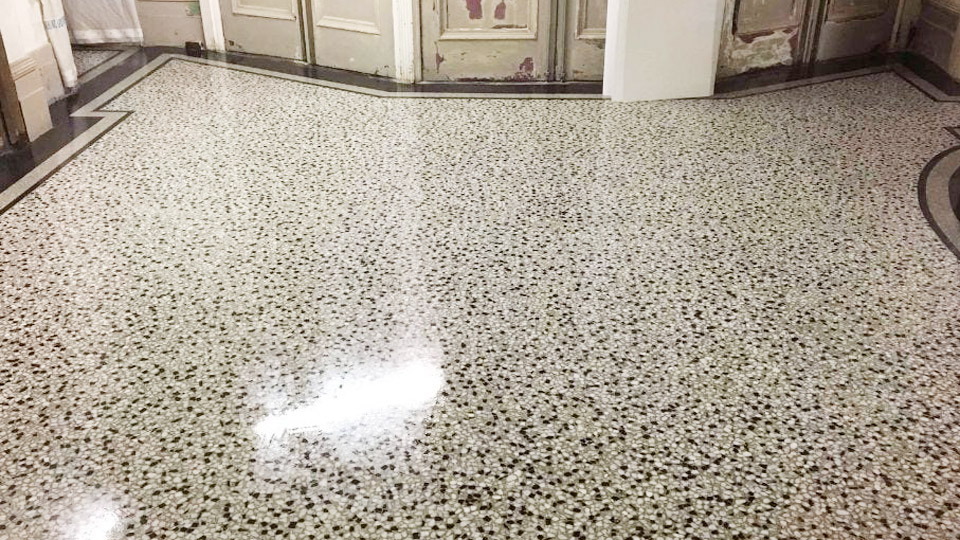
Image by medium
Why Dog Urine on Marble Floors Is a Challenge
Marble floors are stunning, but they’re also delicate. I learned this the hard way when I used a vinegar-based cleaner on a urine stain and noticed a dull spot on my kitchen floor. Marble is a natural stone, porous and sensitive to acidic substances like urine, which can etch the surface or leave stains if not cleaned properly.
The grout between tiles is even trickier, soaking up urine and trapping odors that make pets return to the same spot. I wanted cleaners that were safe for marble, effective on urine, and non-toxic for Max and my family. Natural solutions like baking soda and enzyme cleaners became my go-to, and I’ll show you how they can work for you too.
Understanding Marble Floors
Before we dive into cleaning, let’s talk about marble. My kitchen has polished marble tiles, which are smooth and shiny but easily etched by acids. Unpolished or honed marble is less reflective but still porous, and grout lines are a magnet for liquids like urine. Unlike ceramic tiles, marble can’t handle harsh cleaners like vinegar or bleach without risking damage.
I learned this when I accidentally etched a countertop with lemon juice, leaving a permanent dull mark. Always test cleaners in a hidden area, like under a rug, to ensure they won’t harm your marble. Knowing your floor’s finish helps you choose the right cleaning method.
Gathering Your Cleaning Supplies
To remove dog urine from marble floors, I use gentle, marble-safe tools and cleaners. I keep these in my cleaning caddy for quick access when Max has an accident. Here’s what I use:
- Baking soda: Absorbs odors and gently lifts stains.
- Enzyme-based pet cleaner: Breaks down urine proteins and odors.
- Liquid dish soap: Cuts through greasy residue without harming marble.
- Warm water: Dilutes cleaners for safe application.
- Spray bottle: For even application of solutions.
- Soft-bristle brush or old toothbrush: For gentle scrubbing, especially on grout.
- Microfiber cloths or paper towels: For blotting and wiping.
- Mop or soft sponge: For larger areas.
- Dry towels: To absorb excess moisture.
- Fan or dehumidifier: To speed drying and prevent mold.
- Protective gloves: To keep hands clean and safe from bacteria.
These items are affordable, marble-safe, and likely already in your home, making urine cleanup easy and effective.
Step-by-Step Guide to Cleaning Fresh Dog Urine from Marble
When Max was a puppy, fresh urine puddles were a daily challenge. This gentle method using baking soda and dish soap became my go-to for fresh messes on my marble kitchen floor. Here’s how I do it:
Blot the Urine Immediately
As soon as I spot a puddle, I grab paper towels or a microfiber cloth to blot up as much urine as possible. I press firmly to absorb liquid from the marble and grout. I learned to act fast after Max peed on my kitchen floor, and delaying let the urine seep into the grout, making it harder to clean.
Mix a Gentle Cleaning Solution
In a spray bottle, I mix 1 cup warm water with a drop of mild liquid dish soap. I avoid acidic cleaners like vinegar, which can etch marble, as I learned when I dulled a countertop. I shake gently to combine. For larger areas, I mix the solution in a bucket.
Apply the Solution
I spritz the dish soap solution lightly onto the urine spot, focusing on the grout where odor hides. I let it sit for 5 minutes to break down urine residue. For small areas, I dab the solution with a microfiber cloth to avoid over-wetting the marble.
Sprinkle Baking Soda
I sprinkle 2-3 tablespoons of baking soda over the wet area to absorb odors and lift any remaining residue. I let it sit for 5-10 minutes. This step neutralized the smell of Max’s accident on my kitchen tiles, leaving them fresh.
Scrub Gently
Using a soft-bristle brush or old toothbrush, I gently scrub the grout lines to lift stains. For the marble surface, I use a soft microfiber cloth to avoid scratching. I reapply the dish soap solution if needed for stubborn spots. This removed a fresh urine stain from my floor in minutes.
Wipe and Rinse
I wipe the area with a damp microfiber cloth to remove residue and baking soda. I rinse the cloth often to avoid spreading urine. I mop with plain warm water to remove any soap, ensuring the marble isn’t left sticky or slippery.
Dry Thoroughly
I dry the marble with a clean towel to prevent watermarks, then use a fan to ensure no moisture remains, especially in grout lines. This prevents mold, which I learned after leaving wet grout that grew fuzzy spots.
Tackling Set-In Dog Urine Stains with Baking Soda Paste
For older, set-in stains, like the ones I found in my guest bathroom after Max marked a corner, I use a baking soda paste. Here’s my method:
Make a Baking Soda Paste
In a small bowl, I mix 3 tablespoons baking soda with a splash of warm water to form a thick paste. I apply it to the stained marble or grout with a microfiber cloth and let it sit for 10-15 minutes. This paste lifted a yellowed stain from my bathroom grout without harming the marble.
Scrub Gently
Using an old toothbrush, I scrub the paste into the grout in circular motions. For the marble, I use a soft cloth to avoid scratches. I reapply paste for stubborn stains, like a dark spot near the bathroom door.
Rinse and Dry
I wipe the area with a damp cloth, then mop with plain water to remove residue. I dry thoroughly with a towel and fan to prevent moisture buildup. This method restored my grout to its original color and kept the marble shiny.
Tips for Success
I use the paste sparingly on marble to avoid abrasion and test first in a hidden area. I also vacuum up any loose baking soda to prevent it from clogging my mop.
Using Enzyme Cleaners for Stubborn Urine Odors
For persistent odors, like in my entryway where Max repeatedly marked the marble, I turn to enzyme-based cleaners. These are my go-to for deep cleaning:
Choose a Marble-Safe Enzyme Cleaner
I pick an enzyme cleaner designed for pet urine, ensuring it’s pH-neutral to avoid etching marble. I used one on my entryway tiles, and the lingering smell vanished after one application.
Apply the Cleaner
I spray the enzyme cleaner generously on the stained area, ensuring it soaks into the grout. I let it sit for 15-30 minutes, depending on the product’s instructions. For old stains, I cover the area with a damp cloth to keep it wet longer.
Wipe and Rinse
I blot with a microfiber cloth, then mop with plain water to remove residue. I dry thoroughly with a towel and fan. This method eliminated a stubborn odor in my entryway, breaking Max’s habit of re-marking.
Why It Works
Enzyme cleaners digest urine proteins and odor-causing bacteria, preventing pets from returning to the spot. I found this crucial for keeping my marble floors odor-free.
Comparing Cleaning Methods for Dog Urine on Marble
I’ve tried various methods to find the best way to remove dog urine from marble floors, and each has its strengths. Here’s a table comparing my top approaches:
| Method | Ingredients/Tools | Pros | Cons | Best For |
|---|---|---|---|---|
| Dish Soap & Baking Soda | Dish soap, baking soda, water, cloth | Gentle, marble-safe, neutralizes odors, lifts stains | Needs scrubbing, not for deep odors | Fresh urine, general cleaning |
| Baking Soda Paste | Baking soda, water, toothbrush | Lifts set-in stains, deodorizes | Slightly abrasive, needs rinsing, not for frequent use | Old stains, grout cleaning |
| Enzyme Cleaner | Pet-safe enzyme spray | Breaks down odors, prevents re-marking, marble-safe | More expensive, may need multiple applications | Stubborn odors, repeat marking |
| Plain Water & Cloth | Water, microfiber cloth | Safest for marble, quick for small messes | Less effective on odors or set-in stains | Fresh urine, light cleaning |
The dish soap and baking soda method is my go-to for fresh messes, while enzyme cleaners are best for persistent odors.
Marble-Specific Cleaning Tips
Marble floors need extra care to stay pristine. Here’s how I adjust my approach:
Polished Marble
My kitchen’s polished marble is shiny but prone to etching. I use pH-neutral cleaners like dish soap or enzyme sprays and avoid vinegar or lemon, which can dull the finish.
Honed Marble
My bathroom’s honed marble is less reflective but still porous. I focus on drying thoroughly to prevent watermarks and use baking soda paste sparingly for stains.
Grout Lines
Grout between marble tiles absorbs urine, so I use an old toothbrush with enzyme cleaner or baking soda paste to deep clean, followed by sealing to prevent future stains.
High-Traffic Areas
Entryway marble gets frequent accidents, so I clean weekly with dish soap and seal the grout regularly to reduce absorption.
Preventing Dog Urine Stains on Marble
Keeping marble floors urine-free is easier with preventative habits. Here’s what I do:
Clean Up Immediately
I blot urine puddles right away with paper towels to prevent them from seeping into grout. This saved my kitchen marble from Max’s accidents.
Seal Grout Regularly
I seal my grout every 1-2 years to make it less porous, reducing urine absorption. This made cleaning easier after Max’s puppy phase.
Use a Dehumidifier
I run a dehumidifier in humid areas like my bathroom to keep moisture low, preventing mold and odor buildup.
Train Your Pet
I worked with Max on consistent potty training, rewarding him for going outside. This reduced accidents and kept my marble cleaner.
Extra Cleaning Hacks I Love
Here are some tricks I’ve picked up to make cleaning easier:
- Black Light for Hidden Stains: I use a black light to find dried urine spots that glow, like in my hallway where Max sneaked a pee.
- Baking Soda in Grout: I sprinkle baking soda in grout lines overnight to absorb odors, then vacuum it up.
- Microfiber Mitts: I use microfiber cleaning mitts for quick wiping of small urine spots, making cleanup faster.
You’re Ready to Keep Your Marble Floors Spotless!
Figuring out how to remove dog urine from marble floor has been a game-changer for my home, and I’m thrilled to share my methods with you. With gentle solutions like baking soda, dish soap, and enzyme cleaners, you can keep your marble floors gleaming and odor-free, even with a mischievous pet like Max.
My step-by-step guide and tips make it easy to tackle messes, no matter how busy life gets. Your marble floors deserve to shine, and you’ve got the tools to make it happen. Grab that baking soda or enzyme spray and get started—your home will thank you!
Frequently Asked Questions
Can I use vinegar to remove dog urine from marble floors?
I avoid vinegar on marble because its acidity can etch the surface. I stick to pH-neutral cleaners like dish soap or enzyme cleaners to keep my marble safe.
How long does it take to clean dog urine from marble?
For fresh urine, my dish soap and baking soda method takes about 20 minutes, including drying. Set-in stains may need 30-45 minutes with enzyme cleaners.
Will these cleaners remove urine odors completely?
Yes, my baking soda and enzyme cleaner methods eliminate urine odors. Enzyme cleaners are especially effective for deep, lingering smells that attract pets back.
What if the urine stain doesn’t come out after cleaning?
If stains persist, I reapply an enzyme cleaner and let it sit longer, up to 30 minutes. I also check the grout and reseal it to prevent future issues.
Are these cleaners safe for homes with pets or kids?
Yes, my methods are pet-safe and non-toxic when used properly. I rinse thoroughly and dry completely to avoid residue that pets or kids might touch.

